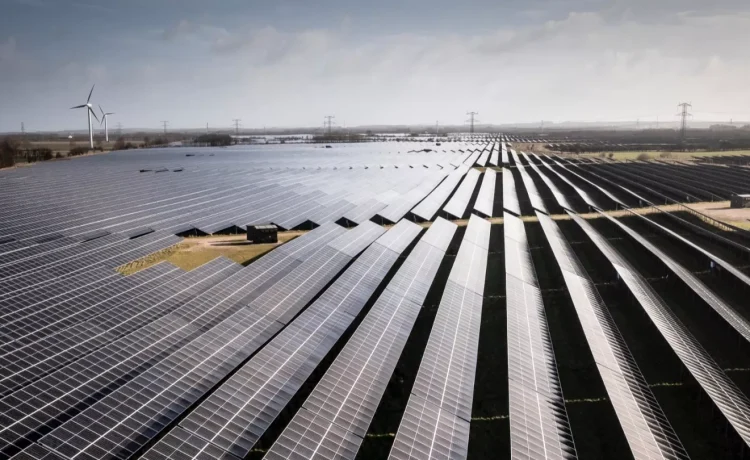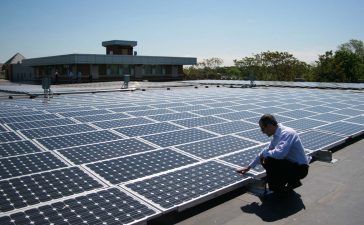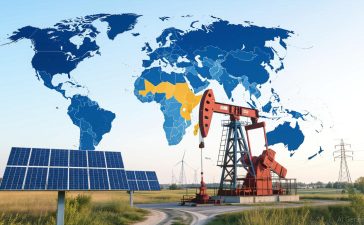Energy is the lifeblood of modern civilization. Every business, from manufacturing to technology, depends on reliable access to power. Yet, as the world confronts climate change, resource depletion, and geopolitical instability, the global energy landscape is undergoing a historic transformation. Businesses are no longer simply consumers of energy — they are now drivers of innovation, sustainability, and efficiency in how the world generates and uses it.
This article explores the evolving relationship between business and energy, the shift toward renewables, the role of technology, and how sustainable energy strategies are reshaping the global economy.
1. The Changing Energy Landscape
For over a century, fossil fuels — coal, oil, and natural gas — powered the global economy. They fueled industrial growth, transportation, and urban development. However, this reliance on carbon-intensive sources has come at a cost: rising greenhouse gas emissions, environmental degradation, and volatile energy markets.
Today, the world is moving toward a new energy paradigm. Renewable sources such as solar, wind, hydro, and geothermal power are rapidly expanding. According to the International Energy Agency (IEA), renewables are expected to account for over 50% of global electricity generation by 2030.
This shift is not just environmental — it’s economic. Businesses are discovering that renewable energy offers not only long-term cost savings but also resilience against supply disruptions and fluctuating oil prices. The energy transition is creating a new competitive landscape, where innovation and sustainability define success.
2. The Role of Businesses in the Energy Transition
Corporations around the world are at the forefront of the green energy revolution. Many have set ambitious net-zero targets, committing to eliminate or offset carbon emissions by mid-century.
Tech giants like Google, Microsoft, and Apple already operate on 100% renewable energy. Automotive manufacturers are investing billions in electric vehicles (EVs) and battery technology. Even traditional oil companies such as BP, Shell, and TotalEnergies are rebranding as “integrated energy companies,” investing heavily in clean energy projects.
Small and medium-sized enterprises (SMEs) are also joining the movement. By installing solar panels, improving energy efficiency, and adopting circular business models, these companies not only cut costs but also appeal to eco-conscious consumers and investors.
In short, sustainability has become a key business strategy — not a luxury or a marketing tool, but a core driver of long-term profitability and brand trust.
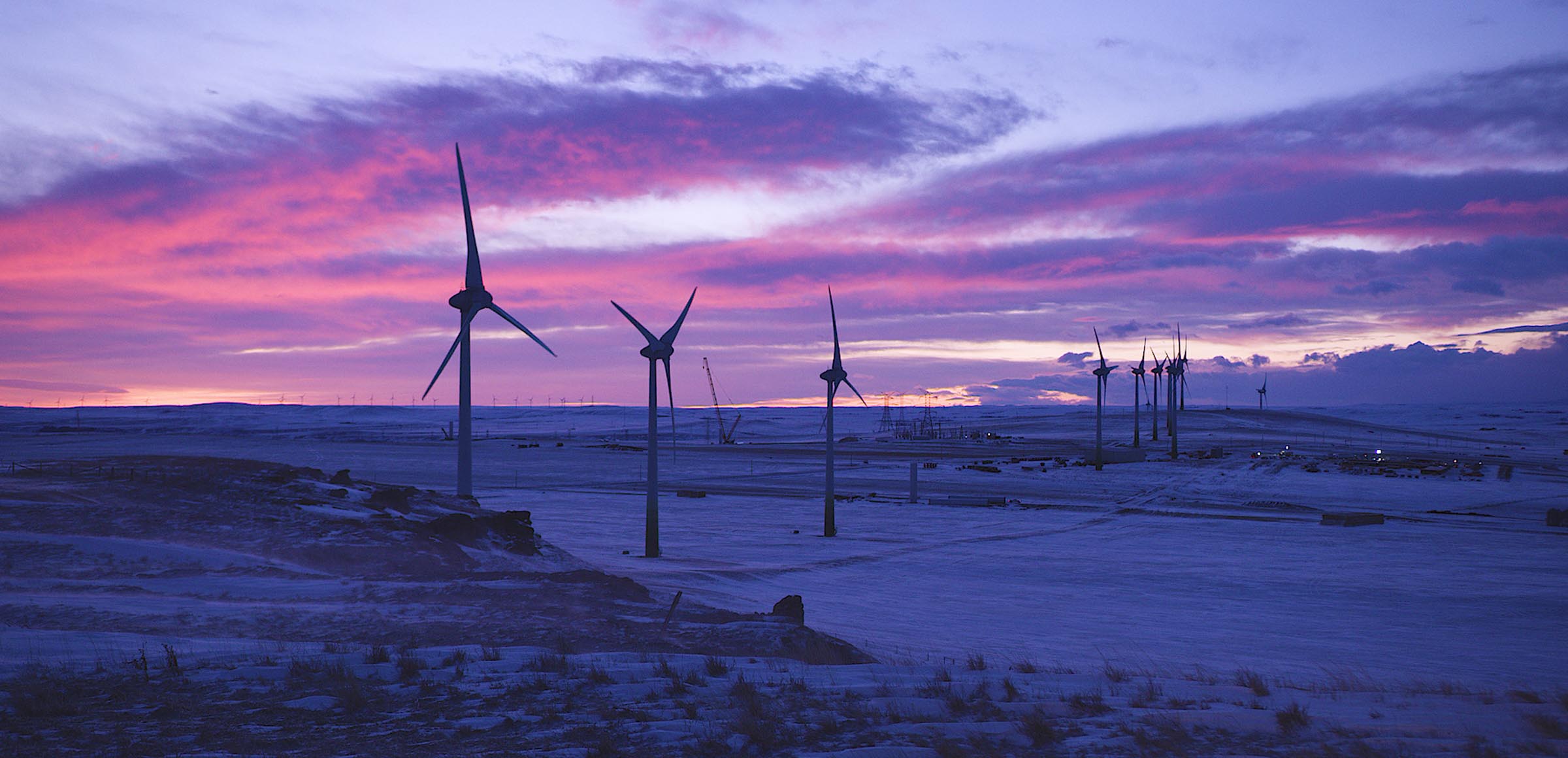
3. Technology: The Engine of Energy Innovation
Advances in technology are revolutionizing how energy is produced, distributed, and consumed. Smart grids, artificial intelligence (AI), and the Internet of Things (IoT) are making energy systems more efficient and adaptive.
For instance, smart meters allow businesses to monitor energy consumption in real time, identifying waste and optimizing usage. AI algorithms predict demand patterns and balance supply, reducing blackouts and improving reliability. Blockchain technology is enabling peer-to-peer energy trading, where businesses or homeowners can sell excess solar power directly to others.
Battery storage — once the biggest limitation of renewable energy — is now becoming commercially viable. Companies like Tesla and Panasonic are leading the way in developing high-capacity, low-cost batteries that store renewable power for when the sun isn’t shining or the wind isn’t blowing.
These innovations are making clean energy not only sustainable but also scalable — a critical factor for the global economy.
4. Green Finance and Corporate Responsibility
As investors increasingly prioritize sustainability, finance has become a powerful tool in shaping the energy future. Green finance — funding specifically directed toward environmentally friendly projects — is experiencing explosive growth.
Green bonds, sustainable investment funds, and ESG (Environmental, Social, and Governance) frameworks are now mainstream in global markets. According to Bloomberg, ESG-related investments surpassed $40 trillion in 2024, representing a significant portion of global capital.
Businesses that align with ESG principles attract more investors, enjoy better risk management, and gain reputational advantages. Energy companies that fail to adapt, on the other hand, face growing pressure from shareholders, regulators, and consumers alike.
Sustainability reporting, carbon accounting, and transparent disclosure are becoming mandatory in many regions, pushing corporations to take genuine action rather than engage in “greenwashing.”
5. Energy Security and Geopolitical Challenges
Energy is not just an economic issue — it’s a geopolitical one. The ongoing transition is reshaping global power dynamics. Countries that once relied heavily on oil exports are diversifying their economies, while energy-importing nations are seeking self-sufficiency through renewables and local resources.
Recent global events, such as the Russia-Ukraine conflict, exposed vulnerabilities in fossil fuel supply chains and accelerated Europe’s push for energy independence. Renewable energy, by contrast, reduces reliance on foreign suppliers and enhances national security.
For businesses, this means managing risk across global operations. Energy diversification, local sourcing, and resilience planning are becoming essential components of corporate strategy.
In this new era, energy independence is not just a political goal — it’s a business imperative.
6. The Economic Impact of the Renewable Revolution
The renewable energy sector is one of the fastest-growing industries in the world. It generates millions of jobs across construction, engineering, maintenance, and research. The International Renewable Energy Agency (IRENA) estimates that the green energy sector could employ over 38 million people globally by 2030.
This shift is also stimulating innovation in other industries. For instance, the rise of electric vehicles has driven advancements in battery technology, which in turn benefits consumer electronics and grid storage. Similarly, the demand for green hydrogen is creating opportunities in chemical manufacturing and transportation.
Businesses that invest early in these new markets stand to gain a competitive advantage. The energy transition is not merely a cost — it’s a catalyst for growth, innovation, and new forms of global trade.
7. The Challenges of Transitioning to a Low-Carbon Economy
While progress is accelerating, the path toward a sustainable energy future is not without obstacles.
Infrastructure remains a major challenge. Many regions still depend on outdated grids and fossil fuel systems that are costly to replace. The intermittent nature of renewables requires robust storage and distribution networks, which demand large-scale investment.
Moreover, the transition could disrupt traditional industries, leading to job losses in coal, oil, and gas sectors. Policymakers and businesses must work together to ensure a just transition — one that provides retraining, economic support, and new opportunities for affected workers.
The success of the energy transition will depend on collaboration between governments, corporations, and communities, balancing innovation with social responsibility.
8. Energy Efficiency: The Unsung Hero of Sustainability
While renewables often steal the spotlight, energy efficiency remains one of the most powerful tools for reducing emissions and saving costs.
Simple changes — such as upgrading to LED lighting, optimizing heating and cooling systems, and improving industrial processes — can dramatically cut energy consumption. Many companies are now adopting energy management systems and certification programs like ISO 50001 to measure and improve efficiency across their operations.
The business case is clear: every kilowatt-hour saved translates into higher profits, lower carbon footprints, and a stronger competitive edge.
9. The Future Outlook: Toward a Circular Energy Economy
The next frontier in the energy business is the circular economy — a system where resources are reused, recycled, and regenerated.
In the energy sector, this means integrating waste-to-energy plants, repurposing old batteries for grid storage, and developing carbon capture technologies that turn emissions into usable materials. The combination of renewable power, digital innovation, and circular principles could create a truly sustainable global economy.
Businesses that adopt this holistic approach will not only reduce their environmental impact but also future-proof their operations in an increasingly resource-conscious world.
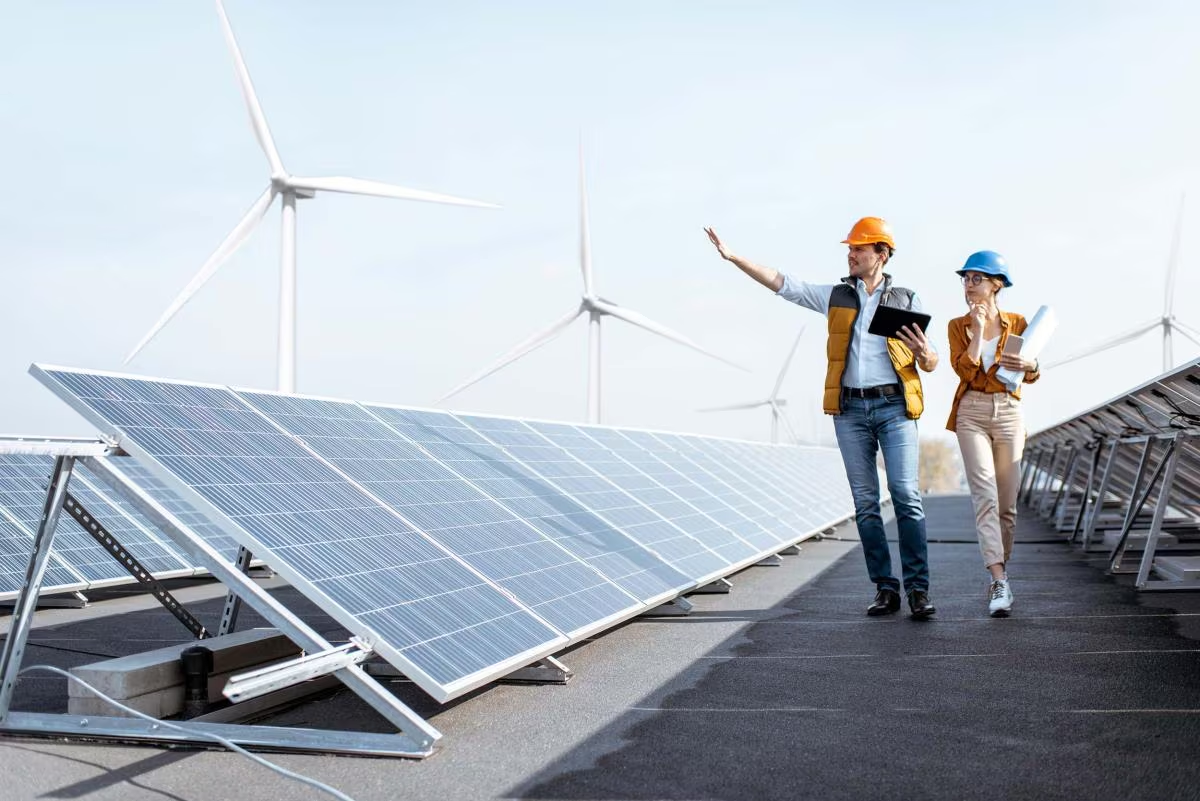
Conclusion
The relationship between business and energy is entering a new era — one defined by sustainability, innovation, and responsibility. What was once a matter of utility is now a core element of strategy, investment, and identity.
Companies that embrace renewable energy, prioritize efficiency, and invest in technological innovation are not just contributing to a cleaner planet — they are securing their place in the economy of the future.
The business of energy is no longer just about powering machines or lighting cities; it’s about powering change. And in that transformation lies the key to a sustainable, prosperous, and resilient global society.

